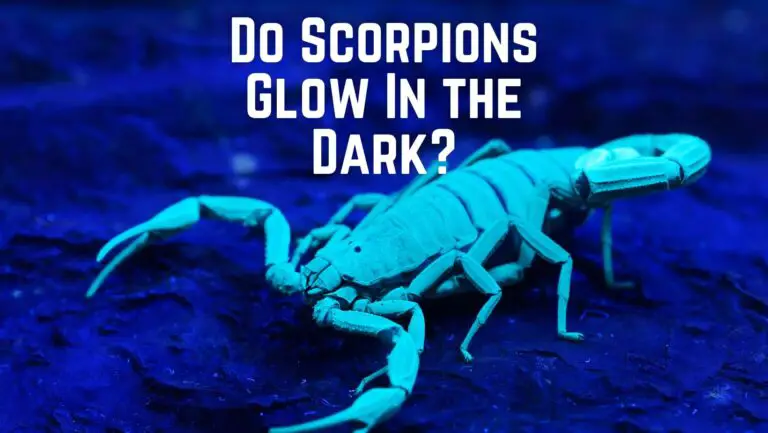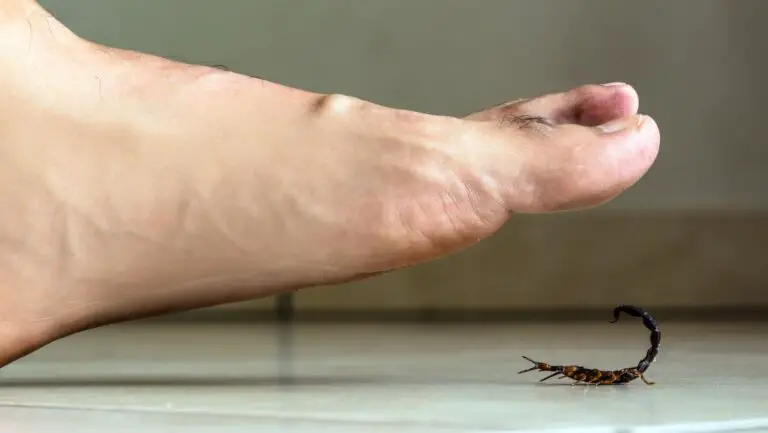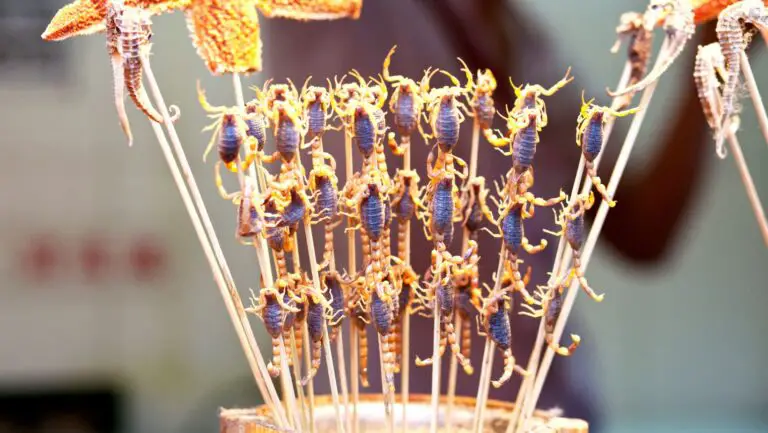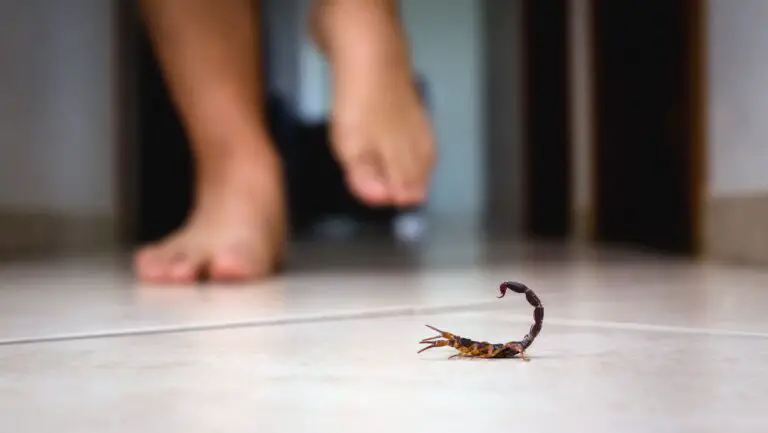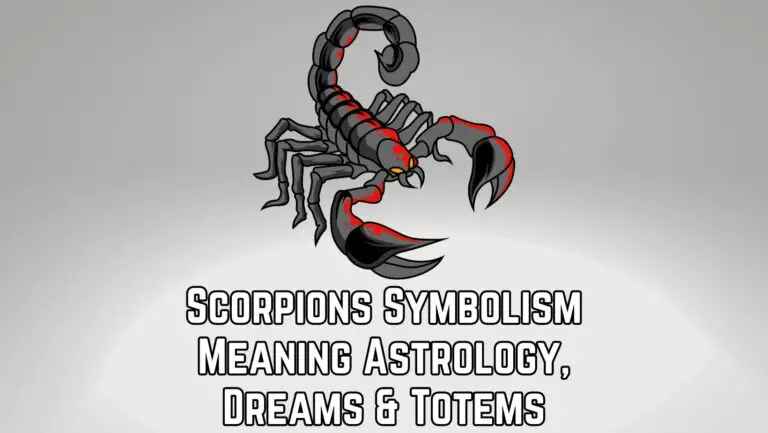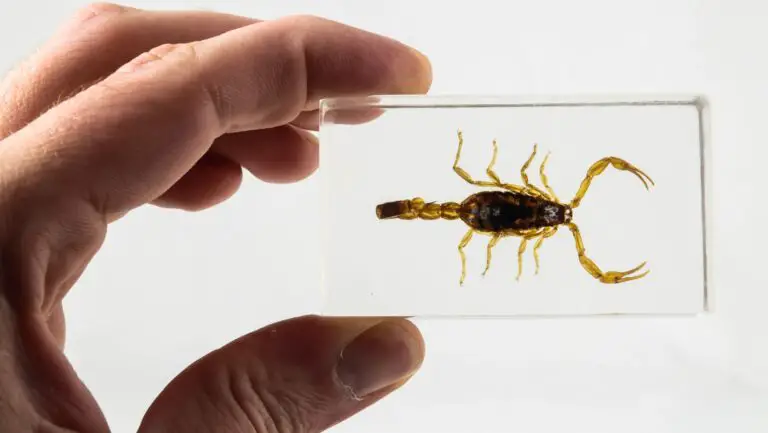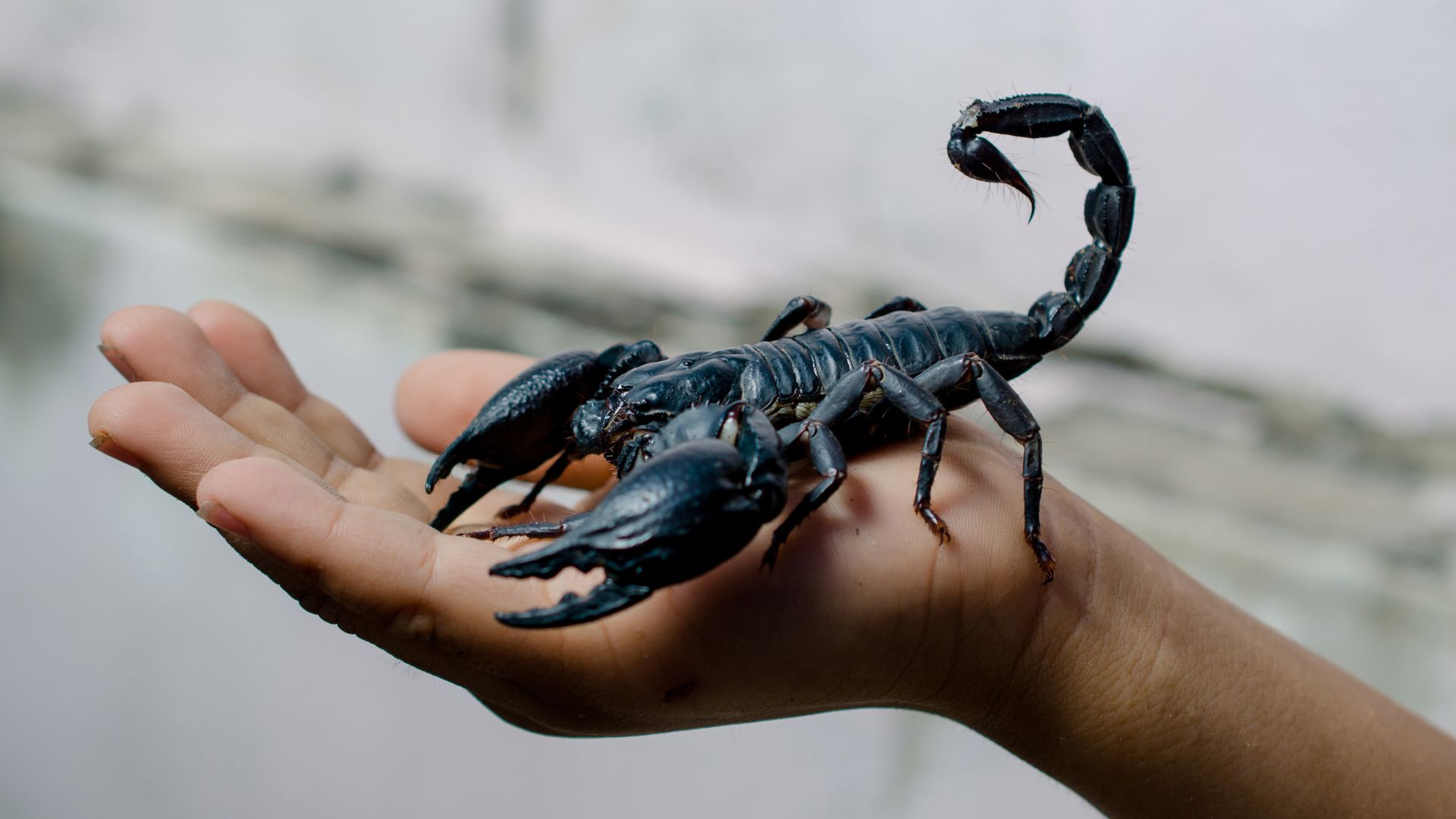
Scorpions Brief Care Instructions
BIOLOGY
Central to the tropical rainforests of West Africa, Emperor Scorpions are terrestrial but will burrow to some extent. This species of scorpion grows at a rather moderate rate, living up to 8 or 9 years. This scorpion is a very docile scorpion and rarely throws its tail to strike unless threatened.
ANATOMY
For many people first getting into the scorpion hobby it’s difficult to find answers to scorpion husbandry and health questions. Understandably, individuals that are new to caring for scorpions may not know how to ask the right questions due to a lack of vocabulary.
This article features a simple diagram of scorpion anatomy. The purpose is to give a brief overview of the names of scorpion body parts. This will help you know what you’re talking about when asking for help
Diagram courtesy of Tug Wilson at www.tjreptiles.net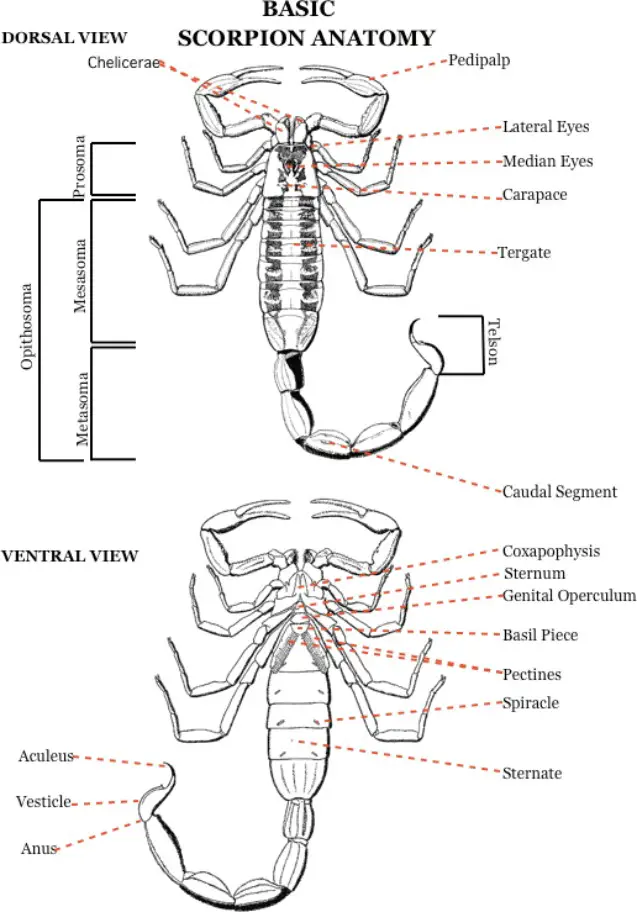
Diagram courtesy of Tug Wilson
SCORPION DIET
Baby Emperor Scorpions, or scorplings, eat pinhead crickets and other small insects. Adults may eat crickets, mealworms, and other large insects; as well as an occasional pinkie mouse. Adults will normally take two or three crickets (or your preferred feeder) each week.
Juveniles may eat more frequently. Emperors may sometimes go into a fasting period. This may be due to an on-coming molt, it may be recovering from a molt or it may simply have eaten well recently.
SCORPION ENVIRONMENT NEEDS
Adults can live in a 5+ gallon tank depending on the number of scorpions. Floor area is the most important factor. Use 4 to 5 inches of coco husk fiber or peat moss as the substrate.
Rocks, logs, cork bark make good hides and should be provided as hiding places as these creatures are almost always active at night.
Keep the Temperature around 75 to 82° F, and the Humidity 75 to 80%. In the wild, adults receive a large degree of water from the food they eat. Therefore, a shallow water dish may be needed for the scorpion hobby.
WHAT IS IT AND WHY IS HUMIDITY IMPORTANT?
Humidity, or relative humidity, is the measurement of evaporated water in a given volume of air. It is measured as a percentage. Humidity has a dramatic impact on the health of your Scorpion. For some, too little humidity and your scorpion won’t be able to molt properly.
Too much humidity and harmful mold and mildew will begin to grow on the substrate. The Emperor Scorpion, for example, is native to the tropical rain forests of West Africa. The rain forest stays roughly at around 80% relative humidity. We want to emulate these conditions in our scorpion’s habitat. So how does relative humidity work anyway?
HOW DOES IT WORK?
Imagine a large jar with a capacity of one gallon. Understand that only a small percentage of that volume is evaporated water. For the sake of our illustration let’s imagine that the air in our jar is completely saturated with evaporated water, and the measurement of the water is 1 oz.
So we would say that with 1oz of water in the jar, the humidity in the jar is at 100%. No more water can be evaporated into the air. So, now, it stands to reason that at 0.5oz of water the humidity would be measured at 50%.
HOW DO YOU CONTROL IT?
Another Important Aspect Of Humidity Is That The Capacity Of A Given Volume Of Air Changes With Temperature. The Higher The Temperature, The Greater The Holding Capacity A Given Volume Of Air Has.
This is why you always see a humidity measurement accompanied by a temperature reading; 85% @ 82°F. This is because the capacity of 1 cubic meter of air at 80°F is different than 1 cubic meter of air at 85°F.
FACT:
The amount of water that a given volume of air can contain is dependent on it’s temperature!
Think about how this will affect your scorpion’s habitat, 80% humidity at 82°F leaves the walls clear and your substrate moist but not wet. As the sun goes down and the temperature falls in the room, the water capacity in the terrarium airdrops.
When this happens, the humidity reading will rise. When the temperature falls low enough, the humidity will reach 100% and condensation will begin to form on the glass and substrate.
We can quite literally squeeze the water right out of the air by lowering the temperature. So then, part of the key to controlling humidity is to control the temperature!
DONT!
Dont Skimp! Be sure to purchase a quality thermostat or temperature controller for your terrarium!
Secondly, you need to consider your substrate. Choose a substrate that holds in moisture. A common choice is coco husk fiber. My favorite brand is Eco-Earth Plantation Soil.
This kind of soil will act as a slow release for water in your terrarium. This, in turn, will maintain the humidity and prevent rapid changes in the terrarium environment.
Lastly is ventilation. Proper ventilation will prevent mold and mildew from building up inside your terrarium. It also keeps your scorpion energized. Ventilation works in harmony with the slow-release action of the soil to help regulate the humidity as well.
The Scorpion Venom
One of the most exciting and, conversely, one of the most feared aspects of the scorpion hobby is the fact that all scorpions possess venom.
Some species give only a pin prick sting with little or no pain, while others are capable of killing a man within hours.
Whatever the species it is important to be able to understand how venom toxicity is described and what the scary numbers mean.
LD50
You may have come across the term LD50 in your research. LD50 (a.k.a. median lethal dose) is the term used to denote the toxicity of a substance. Let’s break it down.
LD stands for ‘Lethal Dose’ and 50 is the percentage of test subjects (most likely rats) that expired when subjected to a given dose. An LD50 value is normally expressed in milligrams per kilogram or mg/kg.
WHAT YOU SHOULD KNOW
The LD50 value system is good for comparing different toxins. However, it does not accurately reflect how a human will react to envenomation. Therefore, LD50 values cannot be used to judge whether or not you will die from being stung. There are other tests that exist that are designed to measure the toxicity of a substance.
The fixed dose procedure (FDP) and the acute toxic class (ATC) are also similar testing methods to LD50. These, too, are not to be trusted because they focus on animal trials. Different species respond differently to a toxin. So, it would be fool hardy to accept the reaction of a rodent as an acceptable frame of reference to judge your chances of survival.
Another factor to consider is that not all venoms work the same way. Some venom types are neurotoxins, affecting the nervous system. Others form enzyme inhibitors which can affect the brain’s ability to control the heart for example. Each scorpion is different and therefore wields a different “weapon”.
Finally, you must consider that different people react differently to envenomation. Children and elderly people are at greater risk. Of equal concern is the possibility of allergic reaction which can cause anaphylactic shock and can result in death.
If you take nothing else away from this article, know that scorpions can be very dangerous. There is no room for carelessness. Cultivate deep respect for these beautiful and amazing creatures.
CONCLUSION
Many beginners fall into the trap of going cheap on equipment, and as a result, they end up with mold issues, their scorpion may have problems molting and the keeper just can’t keep the environment readings stable.
Understanding the principles of humidity and the interacting elements can help beginners to break free from these problems and reach the truly enjoyable realm of the scorpion hobby.

